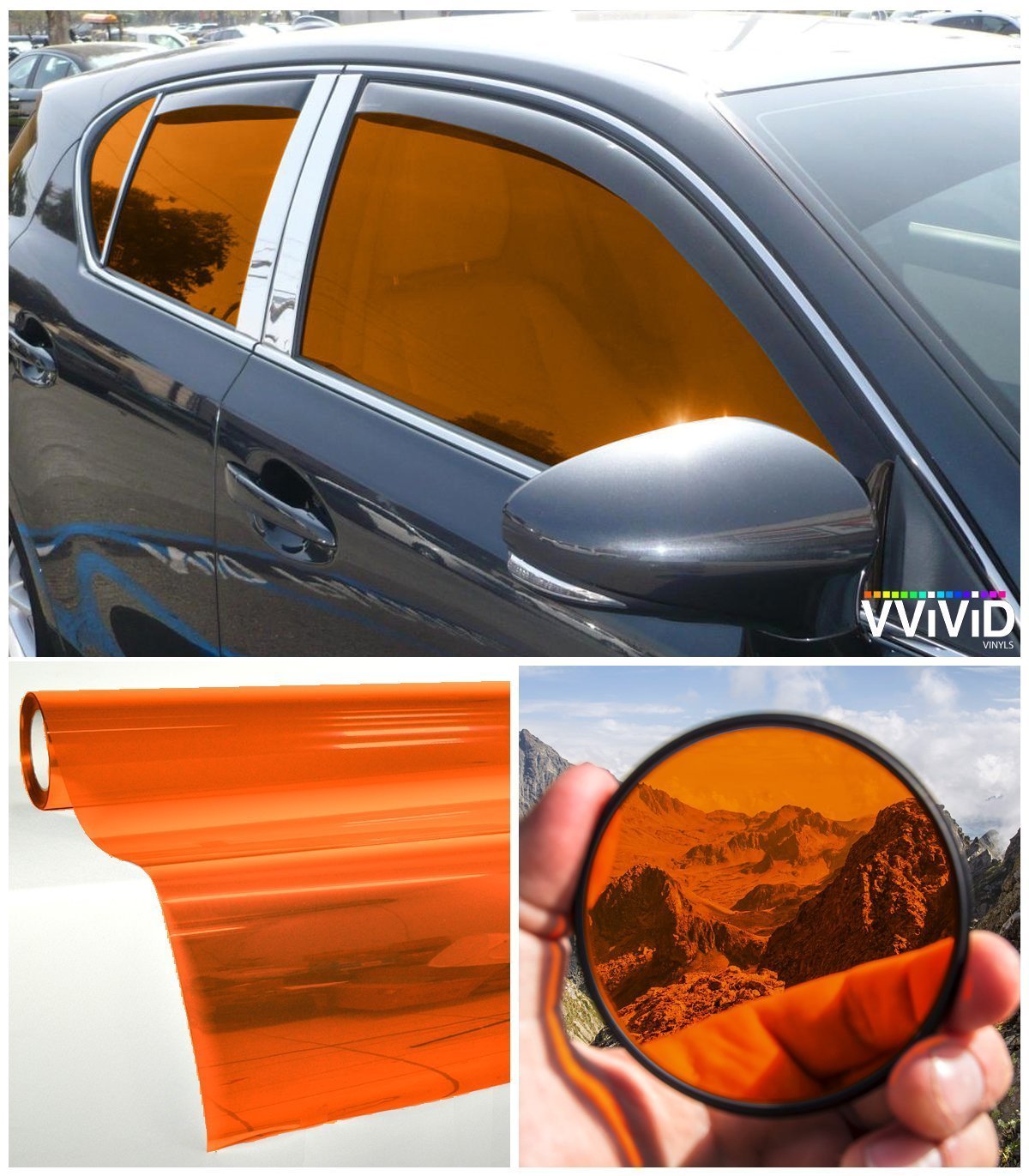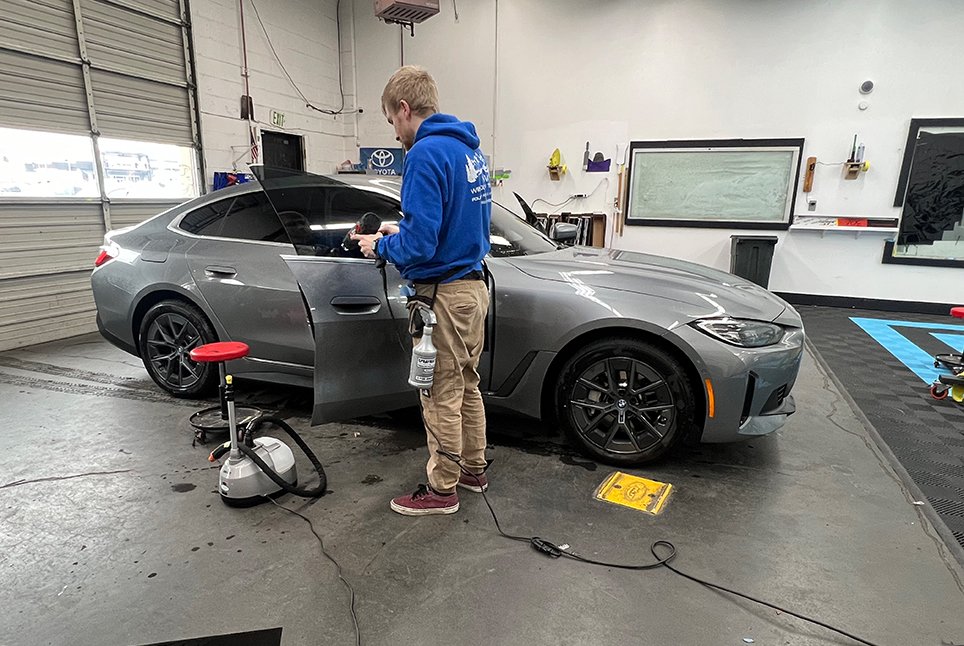Home Window Tinting Laws and Standards: What You Need to Know Prior To Tinting Your Cars And Truck
Prior to waging home window tinting for your lorry, it is crucial to familiarize on your own with the diverse laws and guidelines that govern this technique throughout different states. These policies determine the allowable degrees of color darkness, usually determined by visible light transmission (VLT) portions, and consist of specific stipulations for front windscreens targeted at ensuring road safety. In addition, certain jurisdictions might offer medical exemptions for individuals with certifying problems. Recognizing these complexities can conserve you from possible lawful ramifications, but what are the details guidelines in your state?
Overview of Window Tinting Laws
Window tinting regulations are regularly subject to variant across different jurisdictions, mirroring neighborhood guidelines and safety considerations. These regulations determine the allowable levels of tint darkness and reflectiveness on car home windows, making sure that motorists preserve adequate presence while also protecting against damaging UV rays and warm.
The majority of laws classify home window tinting based upon the Visible Light Transmission (VLT) percentage, which indicates the quantity of light that can pass with the home window. Generally, reduced VLT percents indicate darker tints. Regulations usually set apart between the front, side, and rear home windows, with stricter restrictions applied to the front windscreen to improve security for both the chauffeur and various other road individuals.
Compliance with window tinting regulations is crucial, as infractions can result in penalties, necessary removal of the color, and possible boosts in insurance policy premiums. It is necessary for car proprietors to familiarize themselves with local laws before continuing with home window tinting setups.
State-by-State Color Laws
Understanding the details window tinting regulations in each state is important for lorry proprietors looking for to adhere to the regulation. Each state in the united state has actually established its own set of guidelines regulating home window tinting, which can vary dramatically. These laws usually determine the allowed degrees of color darkness, the types of home windows that can be tinted, and any type of medical exemptions that might use.
As an example, states like California have rigorous restrictions on tint darkness for front home windows, while others, such as New Mexico, might allow darker colors. In addition, specific states mandate details exposure percentages for numerous home windows, consisting of the windscreen, front side home windows, and rear home windows. It is crucial for vehicle owners to familiarize themselves with their state's regulations to stay clear of prospective penalties or fines.
In addition, some states may need a certification sticker to be put on colored windows, showing conformity with state legislations. Failure to comply with these laws not only runs the risk of legal consequences but can likewise affect safety and exposure while driving. Therefore, lorry proprietors must conduct comprehensive research or speak with neighborhood authorities to guarantee full understanding and conformity with state-by-state tint regulations.
Allowed Color Levels and Kinds
Several vehicle owners might be surprised to discover that allowed color degrees and types vary extensively across different states. Each state has actually developed its very own policies regarding the allowable darkness and reflectivity of home window color, frequently measured by Visible my response Light Transmission (VLT) percents. VLT refers to the quantity of light that can go through the tinted windows; thus, a lower percent suggests a darker tint.

Additionally, the sorts of tint products allowed can differ, with some states restricting metallic or mirror-like surfaces. It is vital for automobile owners to familiarize themselves with their state's details laws to guarantee compliance. Non-compliance can result in penalties, obligatory removal of the color, or other legal effects, making it imperative to comprehend these laws before waging installment.
Medical Exceptions for Tinting
While not all states offer allocations for clinical exceptions concerning window tinting, those that do identify the necessity for particular people to boost exposure and convenience because of clinical problems. Various medical problems, such as lupus, skin cancer, and specific eye disorders, can provide individuals especially delicate to sunshine. Consequently, these people might require darker have a peek at this website colors to shield themselves from harmful UV rays and glow.

It is necessary to note that also with a clinical exemption, there may still be restrictions on the level of tint enabled. Conformity with state laws guarantees that people are both protected and within lawful limitations. Those thinking about clinical exceptions need to contact their local Department of Electric motor Cars or equivalent authority to recognize the demands and procedures essential to make an application for an exception effectively.
Penalties for Non-Compliance
Stopping working to follow window tinting regulations can lead to significant charges, which differ by state. Law enforcement firms are encouraged to issue citations for cars that do not adhere to the specified tinting regulations. These charges usually include penalties, which can vary from modest total up to a number of hundred bucks, depending on the seriousness of the infraction and the state concerned.
In some jurisdictions, duplicated offenses may lead to intensifying fines or additional charges, such visit homepage as required court appearances. Non-compliance might necessitate the elimination of unlawful tinting, commonly at the owner's expense. In extreme cases, habitual wrongdoers might deal with suspension of their lorry enrollment up until compliance is accomplished.
Furthermore, insurance implications may arise from obtaining multiple citations for home window color infractions. Insurers might watch such infractions as an indicator of riskier actions, potentially causing enhanced costs or problem in insurance coverage.
To avoid these fines, it is crucial for automobile owners to familiarize themselves with their neighborhood window tinting regulations and make certain that their automobile complies (Window Tinting). This aggressive technique not only stays clear of legal implications but additionally promotes road security
Verdict

A lot of policies categorize window tinting based on the Visible Light Transmission (VLT) portion, which indicates the amount of light that can pass through the window. Conformity with window tinting laws is critical, as offenses can result in penalties, mandatory elimination of the color, and possible increases in insurance coverage costs.Recognizing the specific window tinting policies in each state is important for car owners seeking to conform with the legislation. These laws typically determine the allowed degrees of tint darkness, the types of home windows that can be tinted, and any kind of clinical exemptions that may use.
For circumstances, states like California have rigid limitations on color darkness for front windows, while others, such as New Mexico, may allow darker colors.